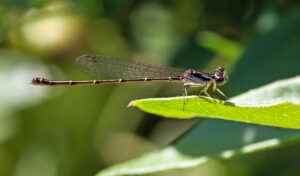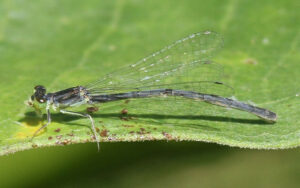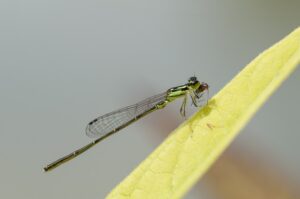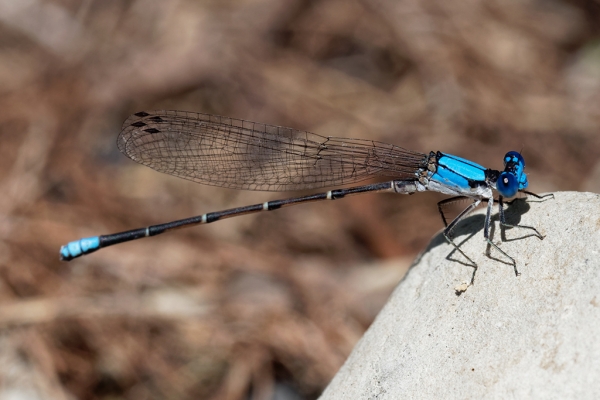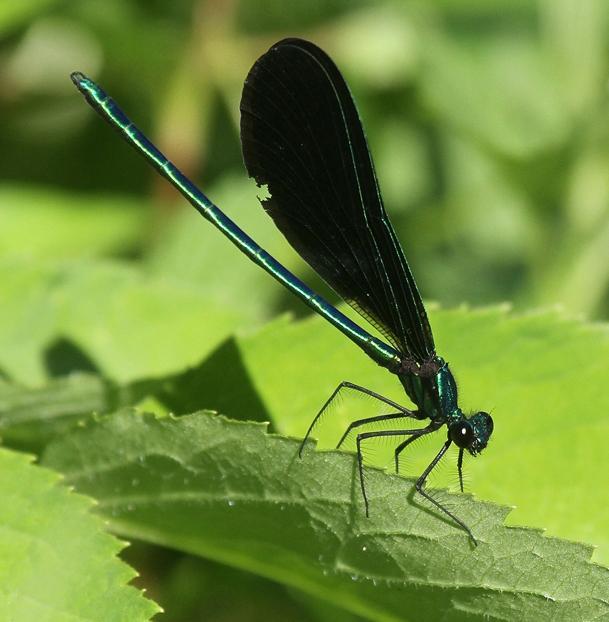Fragile Forktail (Ischnura posita)
Updated on
22/11/2022Fragile forktails are damselflies named after the tiny projections on the abdomens of the male specimens. They are one of the most common species of damselflies and are known for the sexual dimorphism displayed between males and females.
Scientific Classification
- Class:Insecta
- Order:Odonata
- Family:Coenagrionidae
- Genus:Ischnura
- Species:I. Posita
Conservation Status
Description
These damselflies are about 0.82 to 1.14 inches long. The male and female fragile forktails appear very different from each other. Males are yellowish-green, while females are varying shades of blue. Both sexes possess pale stripes on their shoulders that look like exclamation marks (!) and black spots on the ends of their abdomen.
Adults have four wings that fold over their backs. They remain active from spring to early fall.
Distribution: Eastern part of North America, including parts of Canada, Mexico, and the United States
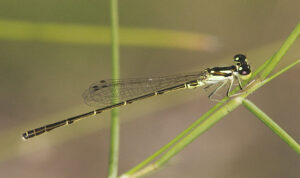
Habitat: Stationary bodies of water like pools, ponds, streams, etc
Do they bite: No
Lifespan: Depends on the specimen; can range from a few weeks to several months
Predator: Birds
Life Cycle
Mature specimens mate over the water, sometimes while flying but mostly on shoreline vegetation or weed beds. The female lays her eggs soon after breeding and mates again almost immediately.
1. Egg Stage
Female fragile forktails will crawl down the vegetation growing out of the water and lay the eggs underwater in the submerged portion.
2. Nymph Stage
The nymphs are brown and are known for their predatory behavior. They go through 10-12 molts before finally becoming an adult. With each instar, they take on a darker coloration.
They will emerge from under the water and cling to the shoreline vegetation when fully developed. During this time, their skin breaks, and they develop a skin case. These insects need a while before taking flight, as it needs to pump fluids into their wings and abdomen.
Interesting Facts
- The nymphs have three gills on their abdomen, allowing them to breathe underwater.
Source
michaelqpowell.com, wiatri.net, greglasley.com, pixabay.com




